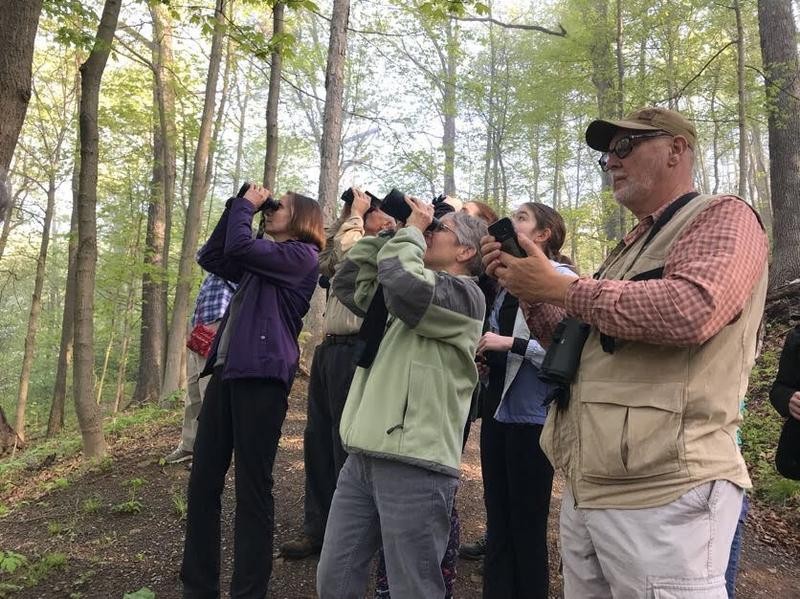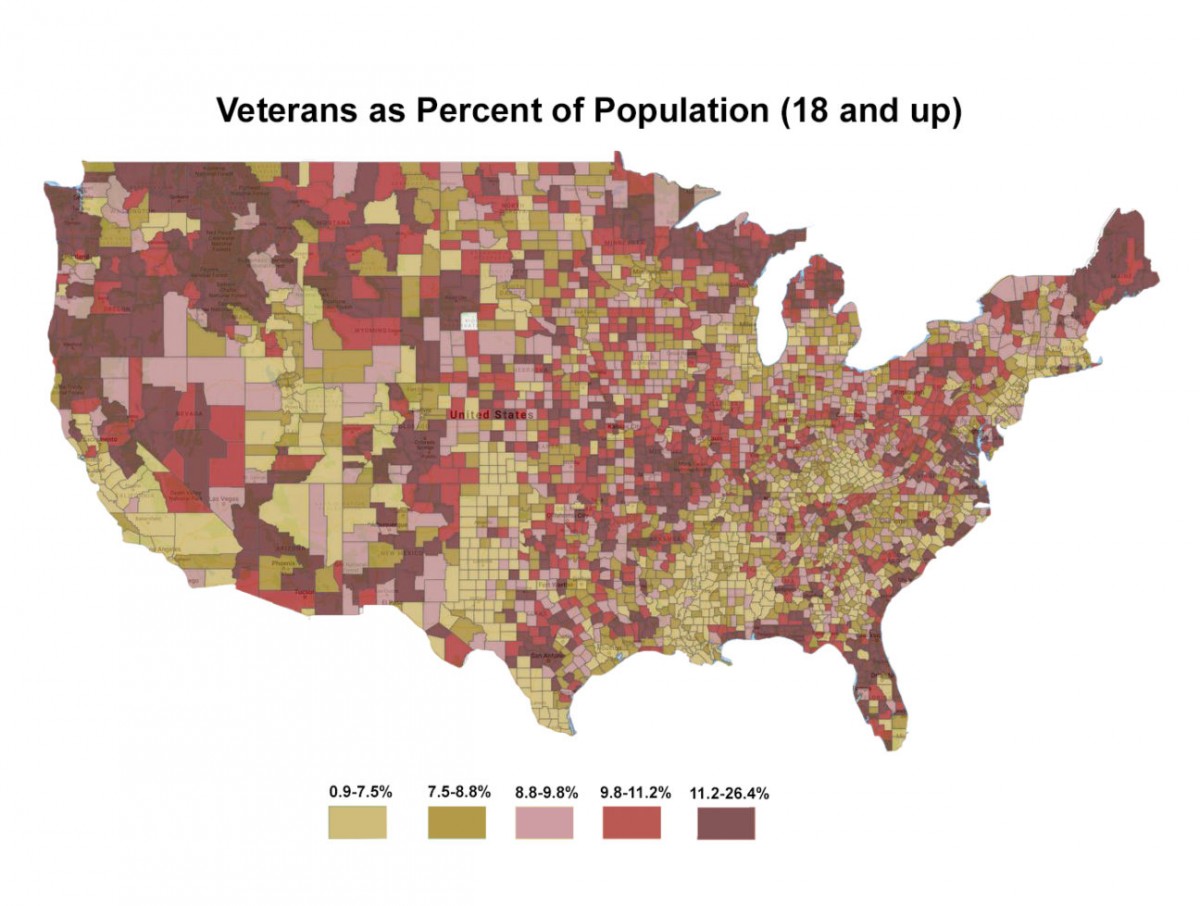From the time of Babylon to the present, most of what we learn as history chronicles the migrations of people from farms and small towns toward cities. Cities nurture commerce and art, mingle cultures and languages, and drive the creation of empires. Yet, there’s always a bit of human backwash to this flow — people who trek out of the cities to the frontier or the hinterlands. Some come seeking wealth or an escape from crowds. Others feel called to improve the lot of their rural brethren through education, technology, or religion.
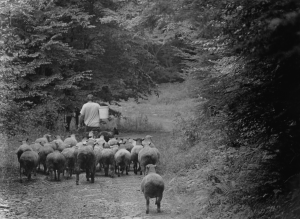
Some simply follow a loved one out of town and find themselves in a new place. In the late 1970s, I was a couple months gone from a comfortable Chicago apartment, holed up in a wood-heated cabin on top of Laurel Mountain in Preston County, West Virginia, with my future wife. The snow piled up waist-high, temperatures dipped far below zero, and electric service was spotty. I needed a job.
One of the first people I met in my new adopted home was journalist and photographer Nancy Abrams, author of The Climb from Salt Lick: A Memoir of Appalachia, released this spring by West Virginia University’s Vandalia Press. She and a handful of people were running The Preston County News, a prize-winning weekly newspaper in Terra Alta, West Virginia, arguably the only place in the state colder and snowier than the mountaintop I inhabited. They needed a stringer for a few stories, and I joined what she calls her “motley crew” for a month or two until I found steadier work. (We’ve been friends and sometime co-workers since then. I won’t be attempting any journalistic objectivity in this review, as I make a cameo appearance on page 150.)
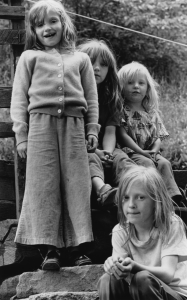
Abrams’ journey from the suburbs of the Midwest to the high plateau where West Virginia, Maryland and Pennsylvania meet is the framework for her story. At the suggestion of a professor and mentor She brought her talents for writing and black-and-white portraiture to Terra Alta in 1974 during her last year of photojournalism training at the University of Missouri.
Abrams fell in love with the mountains, the people and the pace of life in West Virginia. She returned to college, but was less interested than her peers in the competitive world of big-time photography. Turning aside other, more lofty publications, she accepted an offer to the be managing editor of Terra Alta paper. At $125 a week, she writes, “I had the highest title and lowest salary of my graduating class.”
Her memoir chronicles a decade of finding, writing, photographing and telling West Virginia stories. The audience was almost exclusively local — the readers of rural weeklies are mostly the friends, relatives and co-workers of the people whose stories are being told. It’s a personal relationship, and the subject of this week’s story is likely to show up at the newspaper office next week or be standing in line in front of you at the supermarket tomorrow.
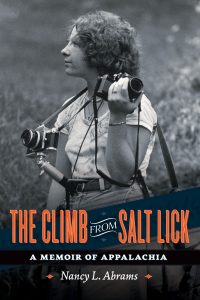
Abrams gives us a snapshot of the life of an admitted outsider in a turbulent time in Preston County. Strip mining was controversial, and one of her newspaper photos illustrated a particularly notorious scar on the landscape that led to enforcement action. Local politics were wracked by a dispute over school consolidation that still echoes today. (Voters in the county, many of whom felt betrayed by the closure of its small town high schools, still regularly reject school bond proposals.)
The Climb from Salt Lick is more about Nancy than it is about journalism. She tells her own story without holding much back: the good luck she had in finding kindred spirits, falling in love, marrying and having children; the disappointment she faced when love couldn’t overcome the realization of her mate’s shortcomings, as well as her own; the thrill of being part of a tight group of newspaper people with a mission and a burning energy to make a difference in their readers’ lives; the hollow feeling when that team starts to fall apart and new leaders have different ambitions.
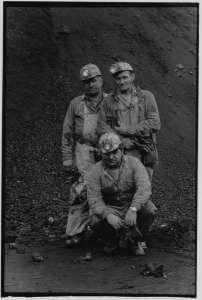
Her photographs — all black-and-white, the only photos that were useful for small daily papers in that era — are each little treasures: portraits, landscapes, tight-jawed crowds at school board meetings. The book’s only shortcoming is that the photos are printed at such a small scale that the resolution is not much better that they would have had in a 1980 newspaper.
There are lessons here for a new generation struggling to re-invent local journalism in West Virginia and elsewhere. One is that there’s no substitute for just being present. Abram’s best journalistic victories resulted from her full immersion into Preston County — she knew where the high water would cause the most havoc in the great flood of 1985 and positioned herself to take a photo at the moment things fell apart. But, more than that, she learned by hard experience the importance of taking care of yourself and your loved ones, even in the middle of the biggest stories.
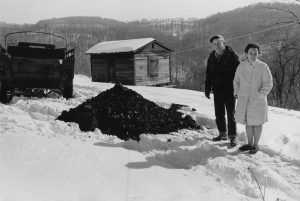
The Climb from Salt Lick: A Memoir of Appalachia is available from the WVU Press (see http://wvupressonline.com/node/720) in paperback and electronic editions, or at your local or online bookstore.
For your Appalachian bookshelf, check out previous book reviews:
14 Books that Meant the Most to Me in 2017
Review: New Book on Appalachia takes J.D. Vance Behind the Woodshed
Book Review: The Ordeal of Appalachia
Bill Case (@billcasewv) has worked as a communicator for West Virginia University since 1985, mostly in support of the Health Sciences Center and WVU Medicine. He served as communications director for Gov. Bob Wise in 2001-2. From 1977-85, he worked for a series of West Virginia weekly and daily newspapers, including the Charleston Gazette. Case is a graduate of Macalester College and holds a master’s degree in journalism from WVU.


